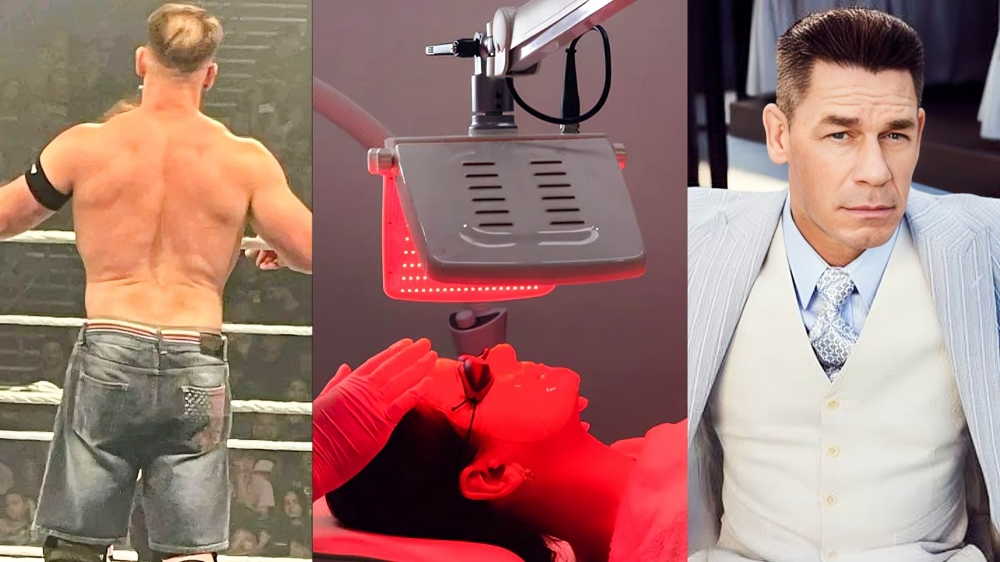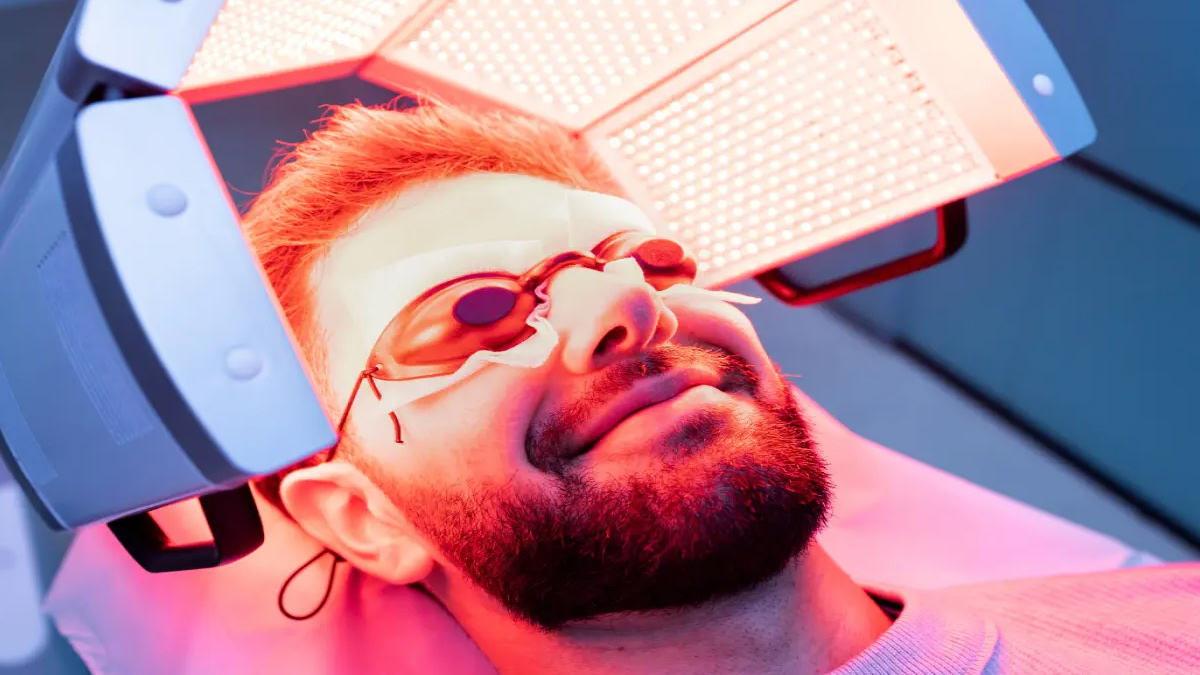
John Cena’s recent match at WWE SummerSlam 2025 was an unforgettable showdown. He faced Cody Rhodes in a fierce fight that many fans consider a highlight of his career. Although Cena didn’t win the championship, the fight was intense and emotional, showcasing his grit and heart. However, behind the action-packed wrestling persona, the 17-Time WWE Champion has been on a personal journey related to his hair.
Table of Content:-
For years, Cena struggled with thinning hair and even bald spots, which affected his confidence. The constant fan attention on his hair loss, including signs calling him “The bald John Cena,” motivated him to take action. Last November 2024, Cena underwent a hair transplant, a procedure where hair follicles are moved from one part of the scalp to another to restore hair growth.
John Cena’s Journey with Hair Transplant![john cena hair transplant 1 - 2025-08-07T115134.322]()
What many fans might not know is that under the bright lights, Cena has been going through a personal transformation, too. He has openly shared that the hair transplant “completely changed the course” of his life by boosting his confidence and career outlook. He talked about how he used to hide his hair loss, but with fans holding signs calling him “The bald John Cena,” he decided to face it head-on.
In a recent interview, Cena said, “If there wasn’t so much shame around hair transplants, I would have done it 10 years ago.” He explained that the procedure simply moves hair follicles from one area to another, no magic, just careful work. Now, he follows a strict hair care routine that includes red-light therapy, minoxidil, vitamins, and specialised shampoo and conditioner. He’s committed to maintaining his new look because, as he says, “It’s worth the effort.”
How Red-Light Therapy Helps In the Regrowth Of Hair![Red-Light Therapy for hair growth 3 - 2025-08-07T115132.503]()
So, what is this red-light therapy that Cena swears by? Let’s break it down:
- Red-light therapy uses low-level lasers or LED lights, typically around 650 nanometers in wavelength.
- The light penetrates the scalp to increase blood flow and stimulate hair follicles.
- This stimulation encourages the follicles to enter the growth phase (called the anagen phase), leading to thicker, stronger hair.
- It also reduces inflammation around hair follicles, which is crucial for slowing down hair loss.
- Studies have shown red-light therapy to be effective for androgenetic alopecia (common male and female pattern baldness).
- Treatment usually involves regular sessions over weeks or months to see results.
Experts say it’s a safe, painless method often recommended alongside other hair loss treatments. While it won’t work miracles for advanced baldness, it can help revitalise thinning hair and maintain healthy follicles.
ALSO READ: What Happens If You Drink Phenyl? Uorfi Javed Opens Up About Her Suicide Attempt and Therapy Journey
Conclusion
To sum it up, John Cena’s hair transplant journey and his use of red-light therapy show a thoughtful approach to self-care beyond the wrestling ring. It’s a reminder that sometimes, facing the little battles like hair loss can lead to big changes in confidence and how we present ourselves to the world. Cena’s honesty about his experience is also helping break the stigma around hair transplants, encouraging others to seek solutions without shame.
If you’re thinking about hair loss, his story shows there are options that can work when you commit to them, and you don’t have to hide it anymore.
Also watch this video
Read Next
New Breakthrough Lithium Shows Promise In Reversing Brain Ageing In Alzheimer’s, Says Harvard Study
How we keep this article up to date:
We work with experts and keep a close eye on the latest in health and wellness. Whenever there is a new research or helpful information, we update our articles with accurate and useful advice.
Current Version

